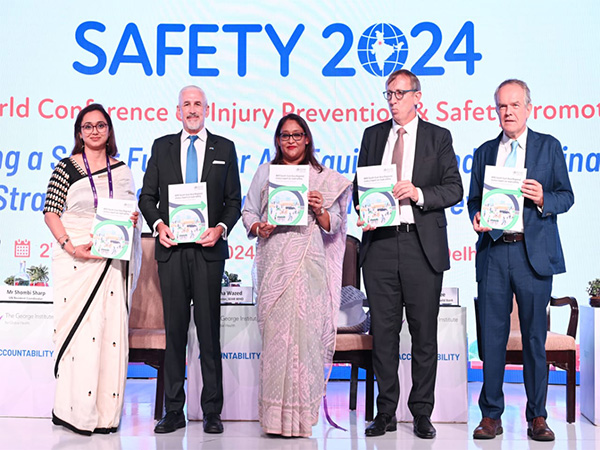WHO Urges Swift Action to Curb Road Traffic Deaths in South-East Asia
The World Health Organization urged South-East Asia to expedite measures to reduce road traffic deaths, particularly among young people. Vulnerable groups such as pedestrians, bicyclists, and motorcyclists are most affected. The region faces issues like inadequate data and emergency services, calling for a multi-sectoral approach to enhance road safety.

- Country:
- Switzerland
The World Health Organization on Monday urged South-East Asia countries to expedite measures aimed at reducing road traffic deaths, particularly among young people aged 15-29. Saima Wazed, WHO South-East Asia Regional Director, emphasized the vulnerability of pedestrians, bicyclists, and two or three-wheelers, who make up 66% of reported road traffic deaths in the region.
Wazed highlighted the need for road networks to prioritize children, adolescents, people with disabilities, and other vulnerable groups. The WHO South-East Asia Region accounted for 330,223 of the 1.19 million global road traffic deaths in 2021, representing 28% of the worldwide burden. With urbanization increasing, public transport demand is expected to surge, bringing additional challenges.
Challenges faced include high numbers of two and three-wheelers, poor infrastructure, and limited emergency services. Unlike High-Income Countries focusing on car occupants, Low- and Middle-Income Countries must prioritize the safety of pedestrians, cyclists, and motorcyclists. The call to action includes enhancing trauma care systems, improving data, and promoting collaborative leadership among various stakeholders.
Emphasizing road safety as a public health and development priority crucial to the UN Sustainable Development Goals, the Regional Director noted efforts to reduce road fatalities by 50% by 2030. A new report, launched at the World Conference, outlines road traffic injury patterns and best practices, calling for immediate action to meet global targets and ensure the safety of all road users.
(With inputs from agencies.)
ALSO READ
Tragic Hit-and-Run Incident Claims Lives of Two Young Motorcyclists
Delhi's Lifetime Smart Card Scheme: A New Era for Women's Free Public Transport
Israel Greenlights Advanced Transit Terminals Boosting Public Transport
Lima on Edge: Public Transportation Workers Strike Amid Surge in Crime
`MUMBAI-1' single card system for all public transportation in Mumbai region to be launched soon: CM Fadnavis.










